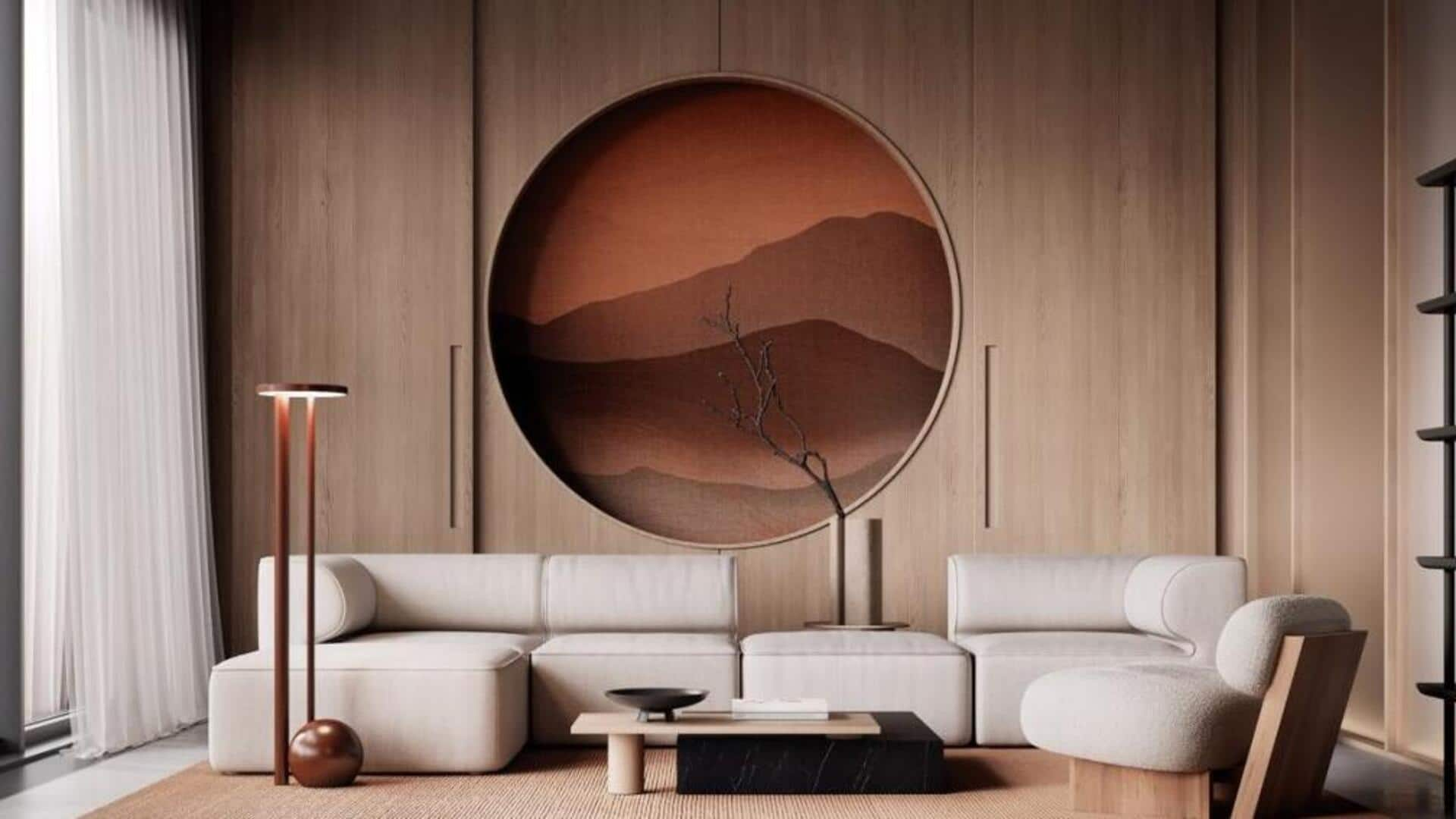
Japandi interiors: A perfect fusion of Japanese and Scandinavian styles
What's the story
Japandi interiors blend the minimalist elegance of Japanese design with the cozy functionality of Scandinavian aesthetics.
This fusion creates spaces that are both serene and practical, emphasizing simplicity, natural materials, and a neutral color palette.
The style is gaining popularity for its ability to create calm environments that promote well-being.
By focusing on clean lines and uncluttered spaces, Japandi interiors offer a harmonious balance between form and function.
Intentional design
Embrace minimalism with purpose
Japandi interiors prioritize minimalism by focusing on intentional design choices.
Every piece of furniture or decor serves a purpose, cutting down on clutter while improving functionality.
This also encourages one to select thoughtfully those items that contribute to the overall aesthetic without overwhelming the space.
By choosing quality over quantity, homeowners can create an environment that feels open yet inviting.
Material selection
Natural materials for authenticity
The use of natural materials lies at the heart of Japandi design.
Wood, bamboo, stone, cotton, etc., are used to infuse warmth and texture into spaces.
These materials not only add visual interest but also bring the interior in touch with nature.
Adding elements like wooden floors or stone accents can make a room more authentic without compromising on its minimalist appeal.
Color choices
Neutral color palette for tranquility
A neutral color palette is key in Japandi interiors, to promote tranquility and balance.
Shades like beige, gray, white, and soft pastels rule these spaces. They create a calming backdrop, which lets other elements shine subtly.
This restrained use of color also helps keep the attention on textures and forms, rather than loud colors.
Furniture design
Functional furniture with clean lines
Furniture in Japandi interiors follows clean lines and functional designs that prioritize simplicity over ornamentation.
The pieces are often low-profiled with smooth surfaces of natural materials like wood or metal.
This makes sure each item serves as a complement to the overall aesthetic while also providing practical solutions to everyday living needs.
Adding plants
Incorporate greenery for freshness
Incorporating greenery in Japandi interiors brings freshness without compromising their minimalism.
Plants like bonsai trees or succulents add organic shapes to structured furniture.
They create visual interest without clutter and purify the air inside homes.
They do this by naturally filtering indoor pollutants through photosynthesis.
This is done by leaves during the day. It requires exposure to sunlight indoors if possible.